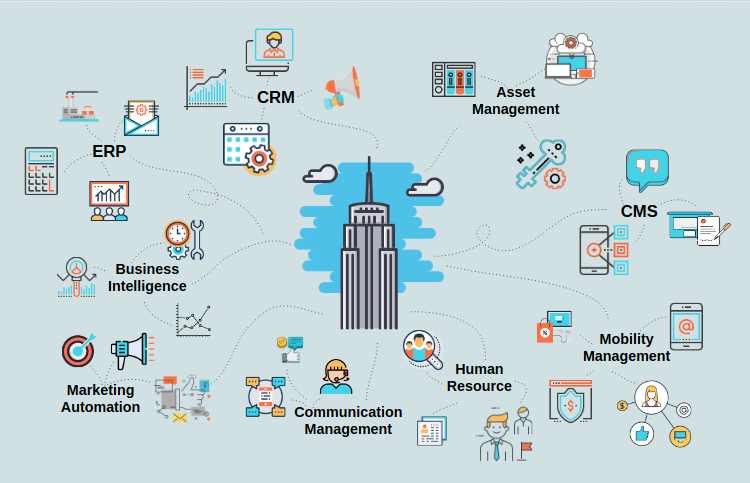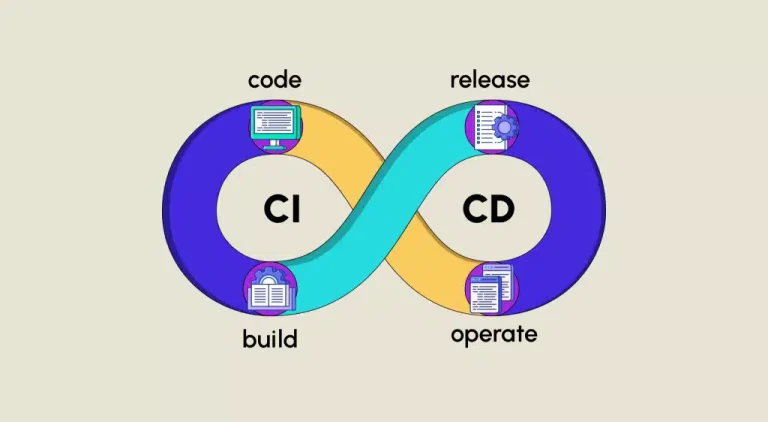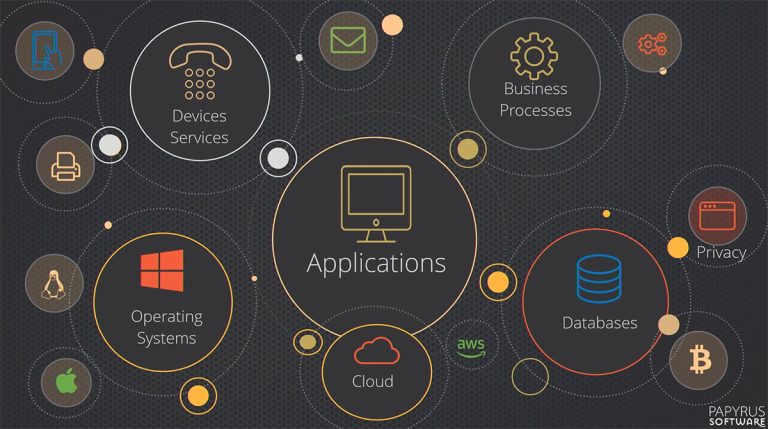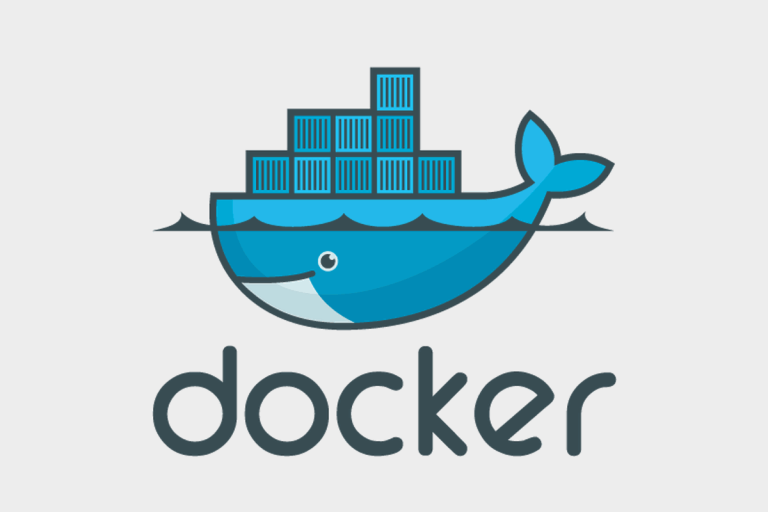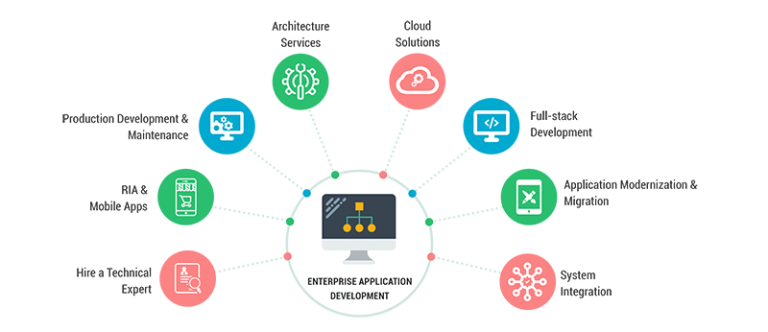Introduction
In the fast-paced and dynamic world of business, staying ahead of the competition requires organizations to leverage cutting-edge technologies and streamline their operations. One pivotal aspect of this digital transformation is Enterprise Application Development. This process involves creating software applications tailored to meet the specific needs of an organization, enhancing efficiency, collaboration, and overall productivity. In this article, we will explore the evolution of enterprise application development and highlight key considerations for businesses embarking on this transformative journey.
Evolution of Enterprise Application Development:
- Legacy Systems to Modern Platforms:
Enterprises traditionally relied on legacy systems that often operated in silos, making it challenging to share information seamlessly across departments. The advent of modern platforms and cloud computing has revolutionized the way applications are developed and deployed. Cloud-based enterprise applications enable greater scalability, flexibility, and accessibility, allowing organizations to adapt to changing business requirements more efficiently. - Mobile-First Approach:
The rise of mobile devices has compelled enterprises to adopt a mobile-first approach in application development. With an increasing number of employees using smartphones and tablets, developing applications that are optimized for mobile use has become imperative. Mobile applications empower employees to access critical business data on the go, fostering better communication and collaboration. - Integration and Interoperability:
Enterprise applications are no longer standalone entities. Instead, there is a growing emphasis on integration and interoperability. Modern applications must seamlessly connect with existing systems, third-party applications, and external data sources. This interconnectedness ensures a smooth flow of information across the organization and facilitates data-driven decision-making.
Key Considerations in Enterprise Application Development
- Business Requirements Analysis:
Understanding the unique requirements of the business is the first step in successful enterprise application development. Engaging stakeholders from different departments to gather insights into their needs and challenges helps in creating a solution that aligns with organizational objectives. - Scalability and Flexibility:
The business environment is dynamic, and applications must be designed to scale alongside organizational growth. Scalability ensures that the application can handle increased user loads, data volumes, and additional features. Flexibility is equally crucial, allowing the application to adapt to evolving business processes and requirements. - Security Measures:
As enterprise applications handle sensitive business data, robust security measures are non-negotiable. Security considerations must be embedded at every stage of development, from design to deployment. This includes data encryption, secure authentication mechanisms, and regular security audits to identify and address vulnerabilities. - User Experience (UX) and User Interface (UI) Design:
A seamless and intuitive user experience is essential for user adoption and productivity. Prioritizing UX and UI design ensures that the application is user-friendly, reducing the learning curve for employees. Intuitive navigation, clear interfaces, and responsiveness across different devices contribute to a positive user experience. - Testing and Quality Assurance:
Thorough testing is crucial to identify and rectify bugs, glitches, and performance issues. Quality assurance processes should include functional testing, performance testing, security testing, and user acceptance testing. This ensures that the application meets the highest standards before being deployed across the organization. - Maintenance and Updates:
The development process doesn’t end with deployment. Continuous maintenance and updates are essential to address emerging challenges, incorporate new features, and patch security vulnerabilities. A well-defined maintenance strategy ensures the longevity and relevance of the enterprise application.
Conclusion
Enterprise application development is a pivotal component of digital transformation, enabling organizations to enhance efficiency, collaboration, and competitiveness. By embracing the evolution of technology and considering key factors in the development process, businesses can create robust, scalable, and secure applications that align with their strategic goals. As the business landscape continues to evolve, enterprises must remain agile, leveraging technology to drive innovation and adapt to changing market dynamics.

